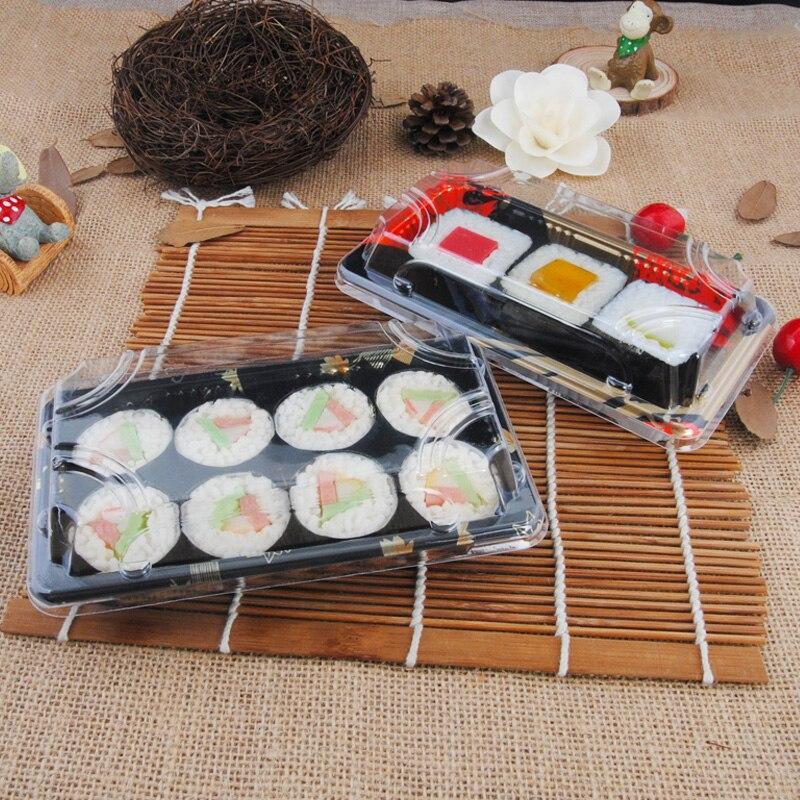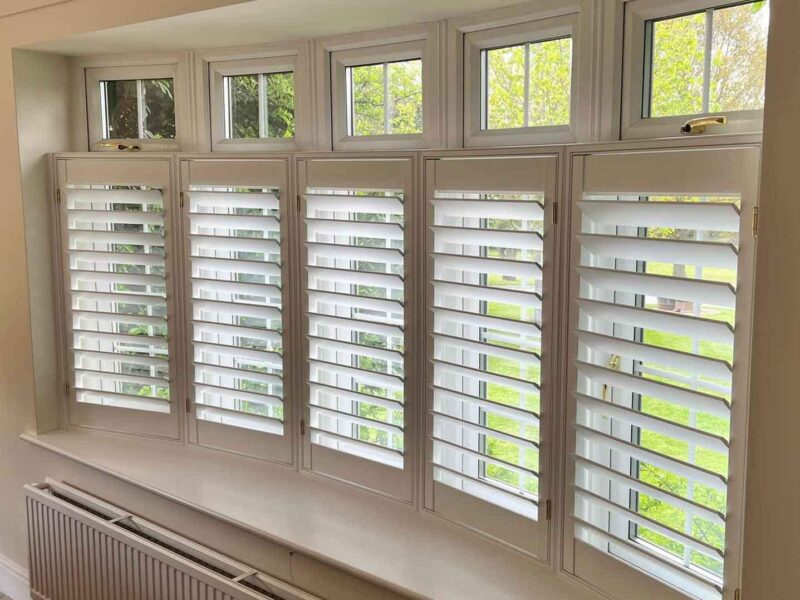When you consider how packaging impacts product shelf life and storage, you’ll realize several key factors come into play. The materials you choose create vital barriers against elements like moisture and light, which can accelerate spoilage. Moreover, the design of the packaging can either facilitate or hinder efficient storage in your pantry or fridge. But what’s the real cost of subpar packaging on your products, and how can better choices enhance your overall experience? Let’s explore these intricacies further.
Importance of Packaging Materials
บรรจุภัณฑ์ materials play a crucial role in protecting the integrity of products. When you choose the right packaging, you’re safeguarding your items from damage, contamination, and loss of quality. This ensures that what you offer remains attractive and dependable for your customers.
You mightn’t realize it, but packaging directly affects how consumers perceive your product. A well-designed package grabs attention and communicates value, making it essential for brand loyalty. Your choice of materials can showcase your commitment to quality, influencing purchasing decisions.
Moreover, effective packaging keeps your products secure during transportation and storage. If you’re using flimsy materials, you risk having products arrive damaged or spoiled. Utilizing sturdy, resilient packaging can help minimize these risks and reduce waste.
Don’t forget about convenience. Easy-to-open packages enhance the user experience, ensuring that consumers are satisfied with their purchase.
You want to encourage repeat business, and feature-rich packaging can deliver that.
Role of Barrier Properties
When selecting packaging materials, consider how barrier properties can significantly impact product shelf life.
Barrier properties refer to a material’s ability to resist the permeation of gases, moisture, and light. These factors are crucial for maintaining the quality and safety of your products over time.
Using packaging with strong barrier properties can help protect your items from oxygen, which often leads to spoilage and oxidation. For instance, if you’re selling snacks, an airtight package will keep them fresh longer, preventing staleness and maintaining flavor.
Similarly, moisture-resistant packaging is vital for products sensitive to humidity, such as powders and grains.
Light exposure can also degrade many products—especially those containing vitamins or sensitive flavors. Select materials that minimize light penetration to extend shelf life effectively.
Impact of Design on Storage
Design plays a crucial role in how products are stored and their overall shelf life. When you think about packaging, consider factors like shape, size, and material. A well-designed package can enhance storage efficiency, maximizing space in your pantry or warehouse, and ensuring optimal conditions for preservation.
For instance, stackable designs help you utilize vertical space, reducing the risk of damage and contamination. If packaging fits snugly on shelves, it minimizes movement and exposure to elements that could spoil the product.
You’ll also want to pay attention to seal integrity; if a package doesn’t close properly, your item may be compromised much sooner than you expect.
Moreover, the inclusion of easy-to-read labels can aid in proper rotation, ensuring older products are used first, which helps reduce waste. Pay attention to features like resealable tops or single-serve portions; they not only make your life easier but can also contribute to extending the product’s freshness.
In essence, the right design not only enhances storage but also plays a significant part in preserving shelf life—keeping your products fresh longer.
Sustainability in Packaging Choices
As consumers become more aware of environmental issues, the choices you make regarding packaging can significantly impact sustainability efforts. One of the first things to consider is the material. Opt for biodegradable or recyclable options whenever possible. These materials break down more easily, reducing the strain on our landfills.
Next, think about the size and design of the packaging. Minimalist designs not only lower material use but also reduce transportation weight and emissions, which is a win for the environment. Additionally, using concentrated formulations in packaging can decrease the volume needed, which further lessens your environmental footprint.
Another option worth exploring is reusable packaging. Encouraging customers to bring their containers for refills can foster a circular economy. This not only reduces waste but also creates a community around sustainable practices.
Don’t forget to educate yourself about certifications. Look for eco-friendly labels that signify a commitment to sustainable practices.
Best Practices for Storage Solutions
Properly storing products is crucial for maximizing shelf life and maintaining quality. To get started, always check the manufacturer’s storage recommendations.
Keep your products in a cool, dry place, away from direct sunlight and heat sources, as temperature fluctuations can lead to spoilage.
Organize your storage area by using clear, labeled containers. This way, you’ll reduce the chance of moisture entering and affecting your items.
Make sure to use FIFO—First In, First Out—principle to ensure older stock gets used first and nothing sits around too long.
Pay attention to humidity levels; some items may require more moisture control than others. You can use silica gel packets or dehumidifiers to help with this.
Also, avoid overcrowding storage spaces, as this can restrict air circulation, leading to condensation and mold growth.
Lastly, regularly inspect your stored products for any signs of spoilage or deterioration, and don’t hesitate to discard anything that seems questionable.
Conclusion
In conclusion, you can see how crucial packaging is for prolonging product shelf life and enhancing storage. By choosing the right materials with effective barrier properties and considering design elements, you can protect your products from spoilage while maximizing storage efficiency. Don’t overlook sustainability; selecting eco-friendly options can benefit both the environment and your brand image. With these tips in mind, you’ll ensure your products stay fresh, satisfy consumers, and stand the test of time.




